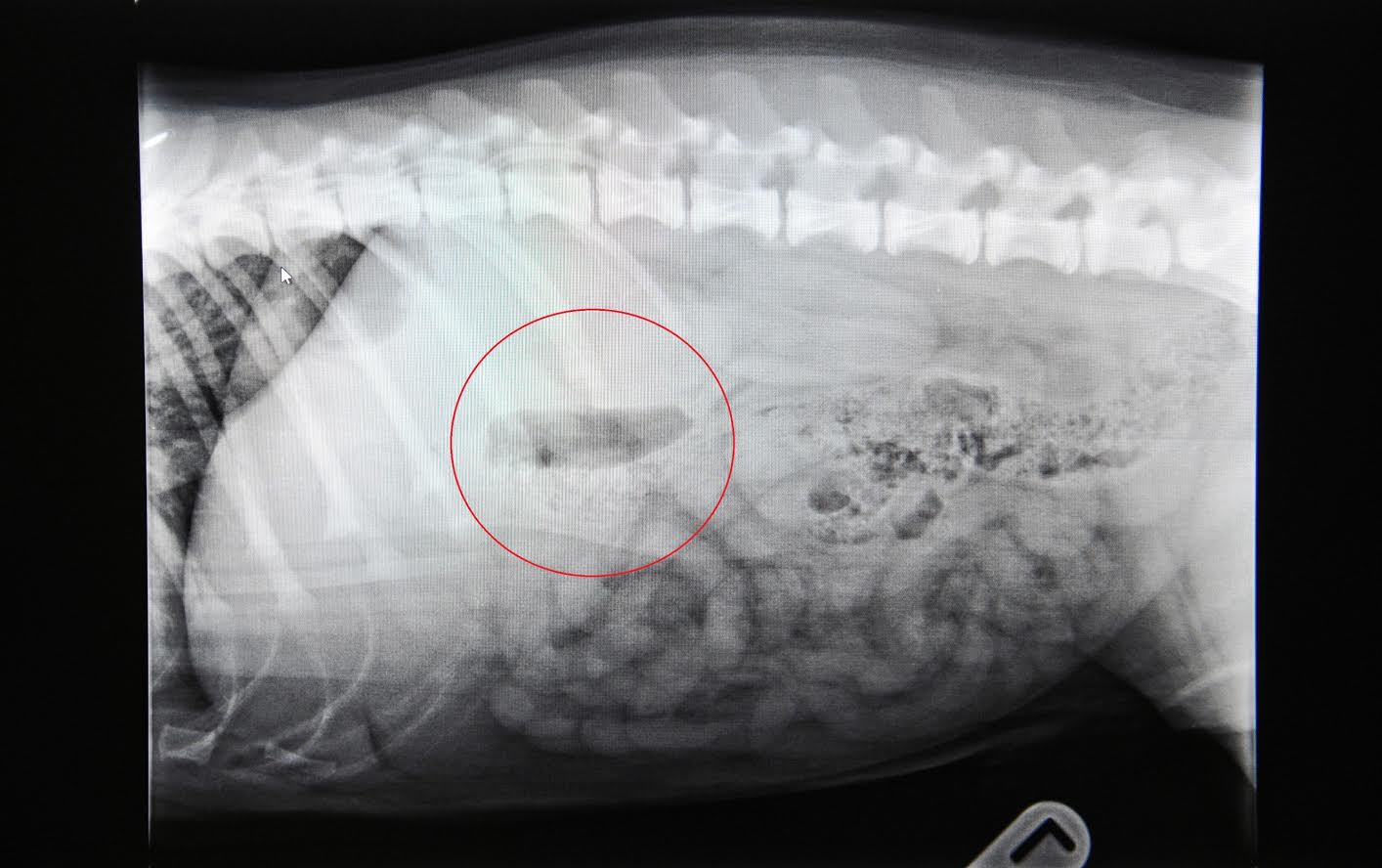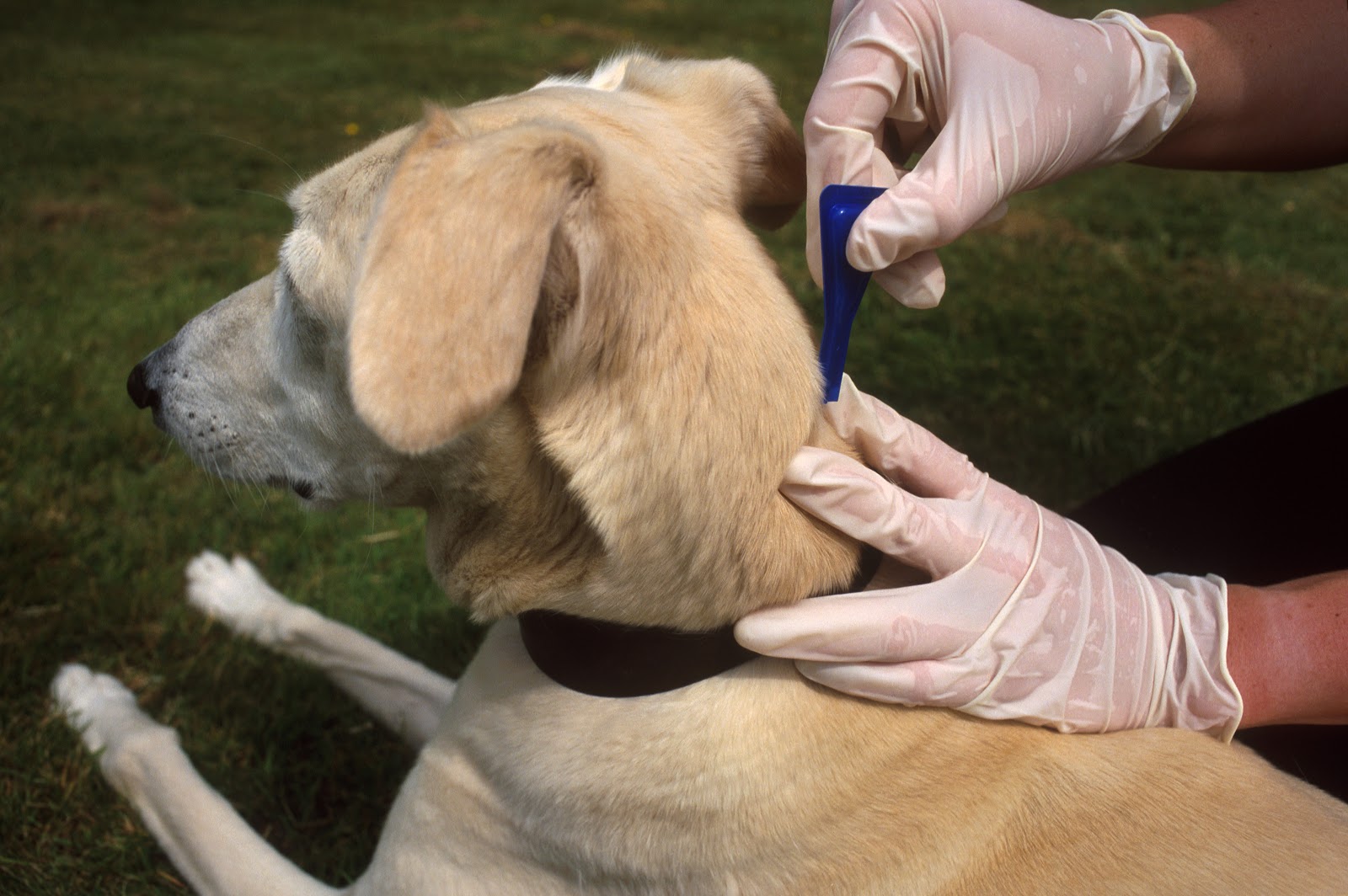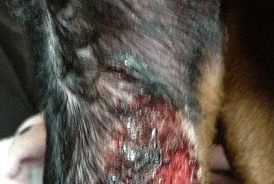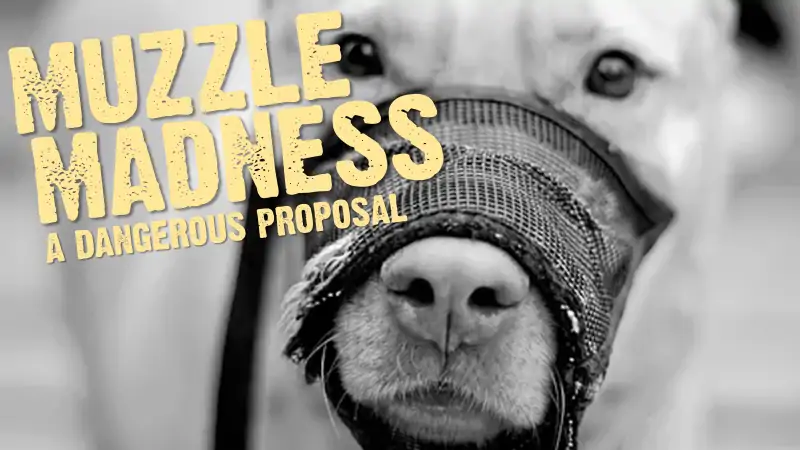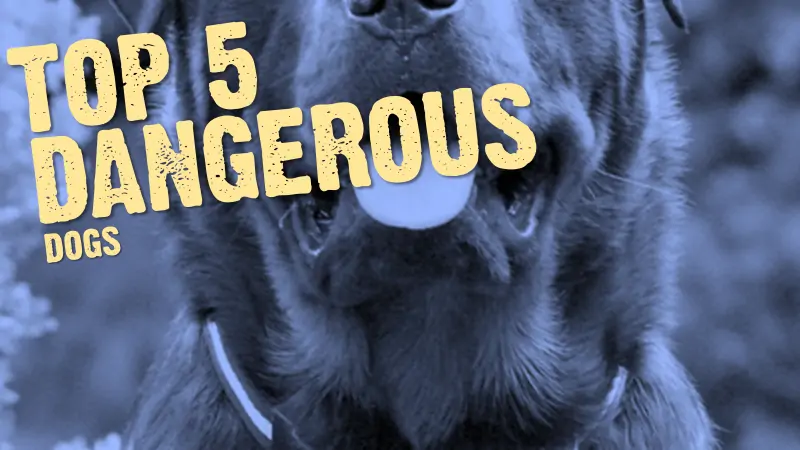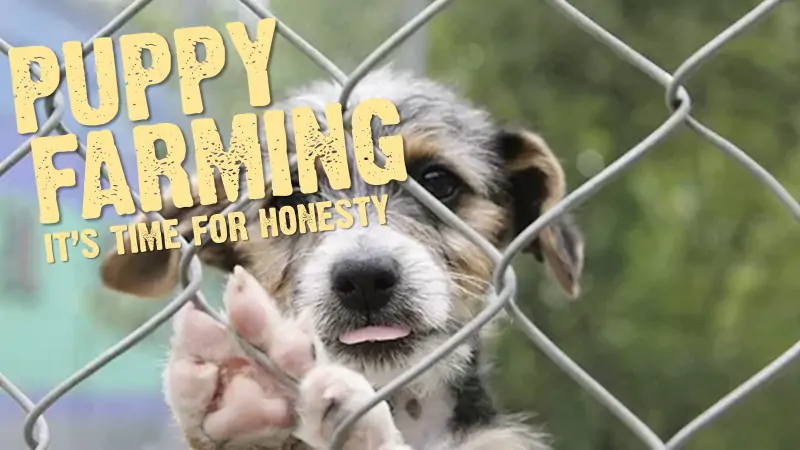Contents Show
Unlike humans, the first sign of discomfort usually shown by an allergic dog is itchy, irritated skin. Skin allergies in dogs can cause some dogs also get a runny nose or eyes, sneeze or even suffer from vomiting and diarrhoea. Uncovering the source of the allergy can be quite frustrating for owners and veterinarians alike.
About Skin Allergies in Dogs
Some dogs are allergic to components in their diet. A food allergy can emerge early in life; usually the offenders are beef or soy products. The best way to determine if diet is causing an allergic reaction is to feed hypo-allergenic food for several weeks and see if the signs regress. To be altogether certain of a food allergy, you’d need to challenge the dog with the prior food and see if the signs recur.
Types of Skin Allergies in Dogs
Another common allergic condition is known as atopy. Atopy refers to an inhalant allergy or a reaction to environmental components. Molds, plants, dust, even furniture stuffing fall into this category. Signs of atopy may be seasonal. The only practical way to discover what’s bothering this allergic dog is to ask a veterinary dermatologist to conduct an intra dermal skin test, much as is done with human allergy sufferers.
Then you can try avoiding offensive material, or attempt hyposensitisation. These problems are also best discussed with a qualified dermatologist.
A few comments about some common dog allergies: many dogs are sensitive to flea collars, flea bites or dyes in plastic food dishes. These things are easily identified and corrected. If a flea collar irritates your dog’s neck, remove it and wash the area thoroughly with a mild shampoo. Switch to another type of product. And if your dog’s red, irritated nose is caused by an allergy to dyed plastic by replacing the plastic dish with metal or glass. If it’s an allergy, the condition should be resolved.
Hot Spots in Dogs
One of the most common summertime complaints seen by veterinarians are hot spots – round hairless patches of tender, red, oozing skin which seem to erupt overnight. They are usually found on the rump, although they may appear anywhere on the body. Hot spots are especially prevalent in heavy-coated breeds and in any dog with skin allergies.
Symptoms of Hotspots in Dogs
Hot spots probably begin as a focus of irritation caused by a flea bite, impacted anal sacs or other small annoyances. However, the more the dog licks and chews at the spot, the worse it feels, so the more the animal licks and chews. A small problem explodes into a large one. These lesions need to be treated promptly before you have a dog in agony.
If you are concerned your dog might have fleas, it’s best to investigate so you know how to treat – here’s a guide as to how to tell if your dog has fleas with photos and a video to help.
Treatment of Hotspots in Dogs
Treatment of a hot spot begins with clipping away the surrounding hair and cleaning the surface of the wound. The area is then covered with a soothing spray, liquid or ointment. The veterinarian will attempt to find and eliminate the source of the complaint.
Your dog may need to wear an Elizabethan collar (a plastic contraption similar to a lampshade) around his neck, to prevent it from attacking the area further, until the skin begins to heal. Antibiotics and anti-inflammatory medications may be prescribed as well.
Enter your email and never miss out on receiving our best articles:


